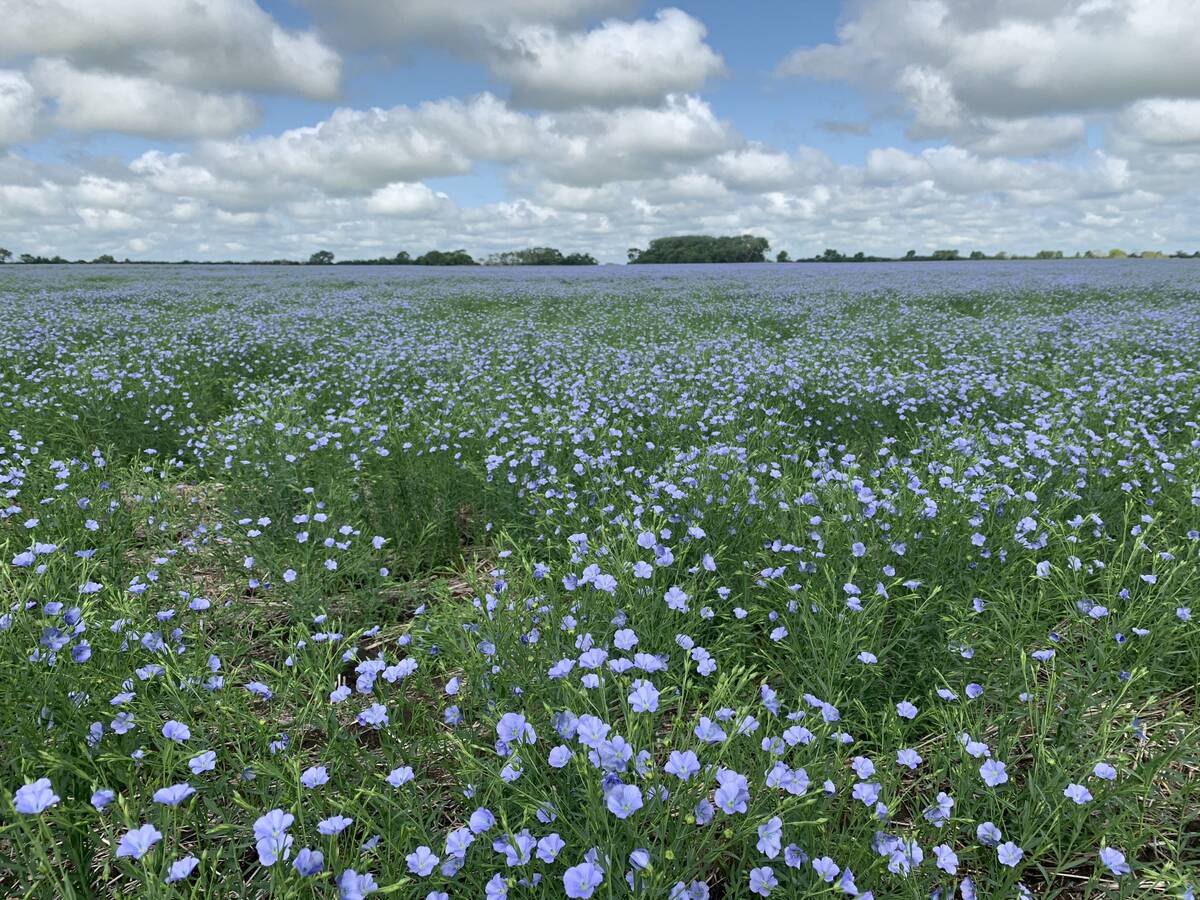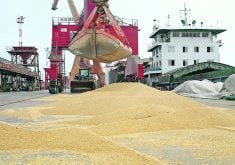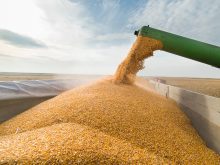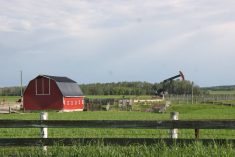The crop spilled forth like bounty from the horn of plenty.
Juicy cantaloupe thriving not a kilometre from drought ravaged cereals and oilseeds.
The other crops under the greenhouse-like covering at the federal-provincial irrigation research centre at Outlook, Sask., looked as lush.
It was clear evidence of what water and new technology can do to make vegetable and fruit production viable on the northern plains.
Water saving drip irrigation, plastic mulch, lightweight crop blankets and inexpensive clear plastic tunnels give the heat and growing days needed to produce veggies normally associated with California.
Read Also

Flax sector sees omega-3 opportunity
SASKATOON — A global shortage of omega-3 oils could be an opportunity for the flax sector, says an industry official….
And they are high quality.
For example, the cantaloupe at the irrigation centre have twice the sugar content of imported product. Researchers have shown it can be done. When will more farmers embrace vegetables? A start can be made in simply offsetting imports.
Saskatchewan produces just 10 percent of the vegetables consumed in the province. Not surprisingly, a little more than half of the remaining 90 percent comes from the United States, but 40-50 percent comes from next door – Alberta and Manitoba where growing conditions are the same.
In fact, Alberta produces a third of its needs and Manitoba more than half.
One of Manitoba’s strengths is a grower-owned marketing company, Peak of the Market, which has expanded not only its home market share, but also exports to the U.S. and beyond.
Such marketing co-ordination is needed in each province.
The opportunity does not stop with green vegetables.
Potatoes are big business in Manitoba and Alberta.
While there have been market and financial missteps in Saskatchewan’s potato patch, officials at the Outlook centre bristle at any suggestion that potatoes do not grow as well around Lake Diefenbaker as they do in Carberry, Man., and Taber, Alta.
And then there is northern vigour.
Because of long sunny days and cool nights, and disease-free soil, potatoes grown in northern latitudes produce seed with superior vigour.
The trait also works with strawberries, garlic and medicinal plants, opening additional multi-million dollar markets.
Vegetable production is a different business than grain farming, smaller in acreage but more intense in capital requirements and management.
But it is still farming, and it’s removed from the subsidy battles that have sucked the profits from grain and oilseed production.
It’s worth a look.














